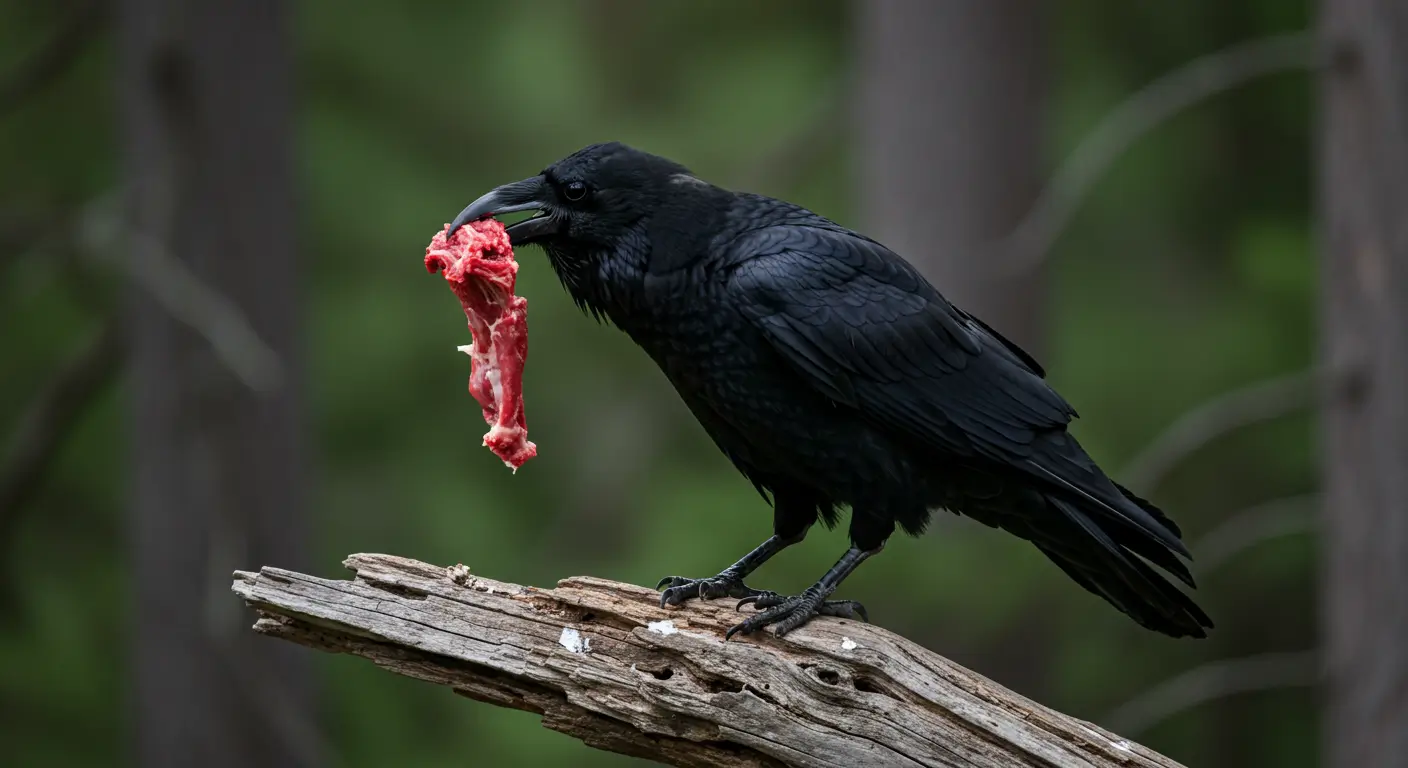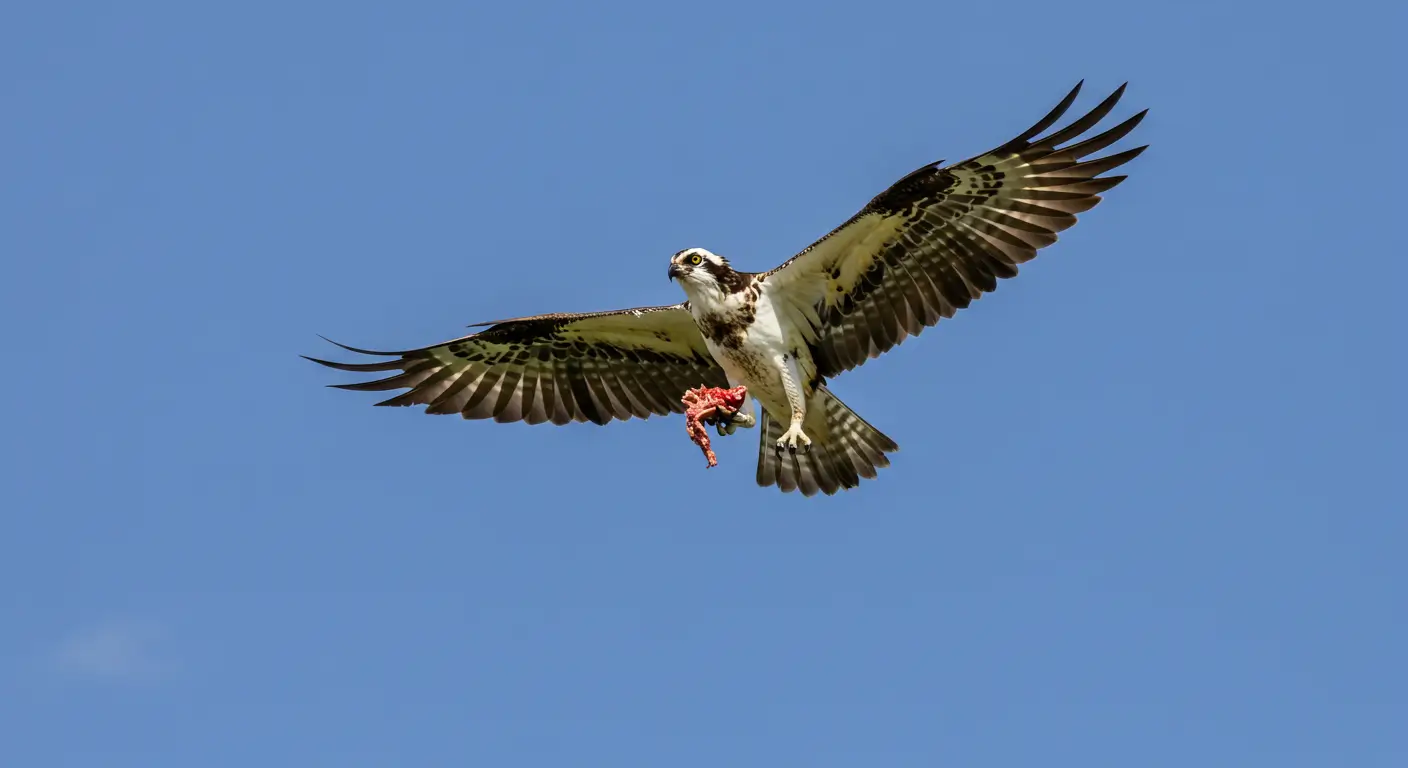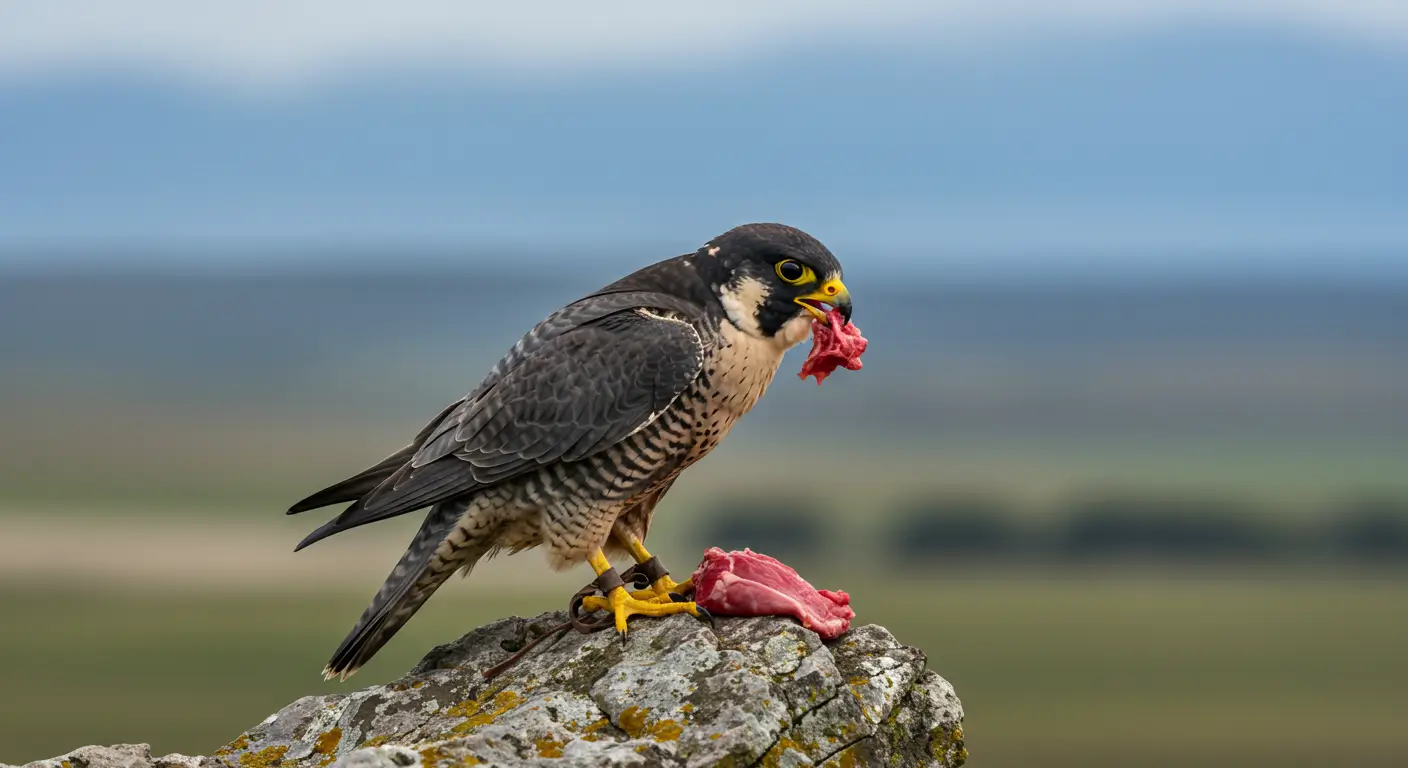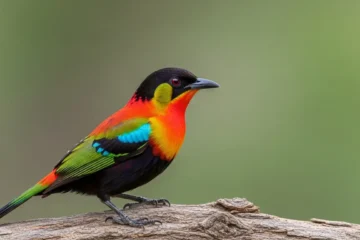Birds are amazing animals that eat many different things. While some birds eat fruits and seeds, others are hunters that eat meat. These meat-eating birds have sharp beaks and claws that help them catch and eat their food.
There are many different meat-eating birds. Eagles and hawks are strong birds that hunt during the day. Owls are smart hunters that come out at night. Vultures help clean up by eating dead animals. All these birds help keep nature balanced by controlling the numbers of small animals, insects, and fish.
Names of Some Birds Which Eat Meat
There are some birds in the natural environment which prefer to eat meat instead of vegetation.
Meat eating birds possess some unique features that are different from those of other birds. Here are some of those features: Meat-eating birds are called carnivorous birds. These birds play a significant role in maintaining the ecological balance by controlling populations of other animals. Their diet includes small mammals, insects, reptiles, and even other birds. Many species like raptors and scavengers exhibit this carnivorous behavior. Carnivorous birds are equipped with strong, sharp beaks and talons for tearing meat. These physical adaptations help them hunt and consume their prey. Their beaks are often hooked to rip apart flesh, while talons grip and immobilize their catch. This unique anatomy makes them exceptional hunters in ecosystem. Most meat-eating birds possess extraordinary vision which allows them to spot prey from great distances. This sharp eyesight helps them locate even the smallest movement on the ground or in the air. Some meat eating birds are scavengers that feed on dead animals. This dual behavior guarantees that resources in nature are utilized efficiently. Scavengers are essential for cleaning up dead animals and reducing the spread of diseases. Carnivorous birds often hunt small mammals and insects which help to control pest populations. This natural pest management benefits agricultural areas. These birds reduce crop damage caused by rodents and insects. This ecological service is invaluable across the diverse habitats. Different species of carnivorous birds use various hunting methods based on their environment and prey. Certain birds hunt in groups to increase their chances of success. These diverse strategies make them highly adaptable predators. Carnivorous birds are found in almost every type of habitat, from dense forests to open grasslands and coastal regions. Their ability to adapt to different environments allows them to hunt in diverse conditions. Carnivorous birds tend to have longer lifespans compared to smaller birds. This is partly due to their position as apex predators, which face fewer natural threats. Their long life span allows them to reproduce over several years and maintain their populations. The presence of carnivorous birds often signifies a balanced and healthy ecosystem. These birds rely on abundant prey and clean habitats which make them key indicators of environmental health. Conservation efforts for these species often benefit entire ecosystems and ensure biodiversity. Meat eating birds are unique species of birds and also maintain the natural beauty of the ecosystem. Meat eating birds consume the large populations of insects, reptiles, birds and other small mammals to maintain the balance. Some of these birds also consume the dead animals to avoid the spread of diseases. These birds reside at the top of the food chain and play a quite important role in avoiding population disbalance in their ecosystem.
Bird Species
Sources of Meat
Bald Eagle
Fish, small mammals, carrion, and waterfowl
Red-tailed Hawk
Rodents, rabbits, snakes, and small birds
Peregrine Falcon
Medium-sized birds like pigeons and doves
Osprey
Fish caught from rivers, lakes, or oceans
Great Horned Owl
Mammals like rabbits, skunks, and squirrels
Northern Shrike
Insects, small birds, and rodents
Golden Eagle
Large mammals like deer fawns and groundhogs
Cooper’s Hawk
Small to medium-sized birds, like pigeons
Turkey Vulture
Carrion (dead animals)
Snowy Owl
Lemmings, Arctic hares, and other small mammals
American Kestrel
Insects, small rodents, and birds
Common Raven
Carrion, eggs, and small mammals
Barn Owl
Rodents, small birds, and bats
Rough-legged Hawk
Lemmings, voles, and other rodents
Harpy Eagle
Sloths, monkeys, and large reptiles

Unique Facts About Meat Eating Birds
1. Meat-Eating Birds Are Known as Carnivores

2. Powerful Beaks and Talons Are Their Primary Tools

3. Exceptional Eyesight for Spotting Prey
Their eyes are adapted to detect colors and movements quickly, giving them an edge over other predators.
4. Meat-Eating Birds Are Both Hunters and Scavengers

5. Role in Controlling Pest Populations

6. Meat-Eating Birds Have Diverse Hunting Techniques

7. Survival in a Variety of Habitats
8. Meat-Eating Birds Often Have Long Lifespans

9. Presence Indicates a Healthy Ecosystem
How to Take Care of Meat Eating Birds

Meat Eating Birds Maintain the Natural Ecosystem



